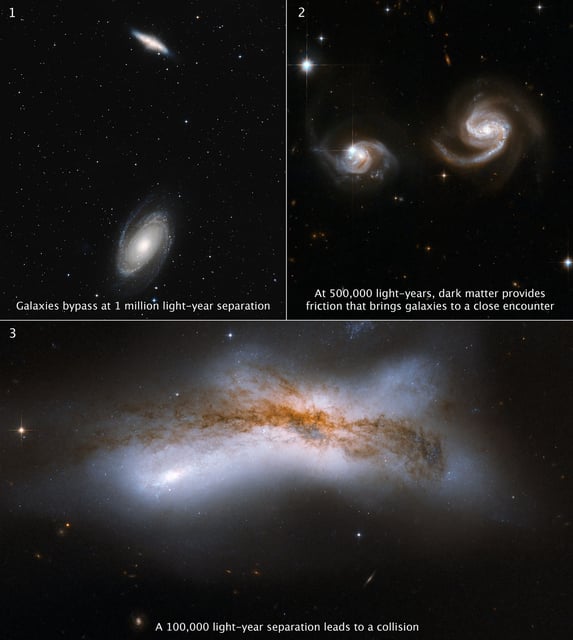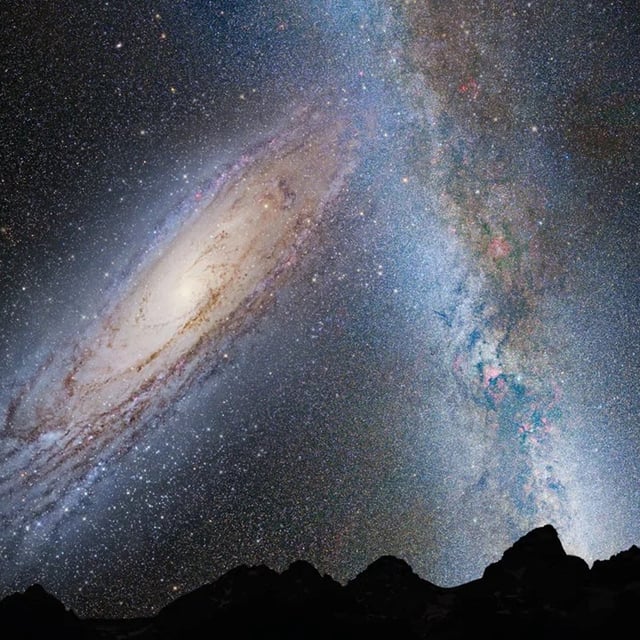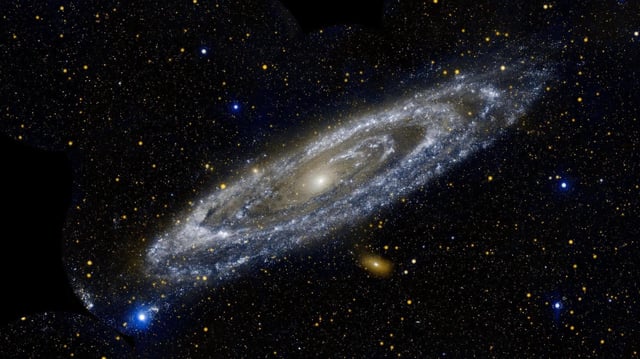Overview
- Researchers conducted 100,000 simulations using Hubble and Gaia data to model the gravitational interplay within the Local Group.
- The study finds only a 2% probability of a Milky Way–Andromeda collision within the next 4–5 billion years, down from earlier expectations of near certainty.
- Including the Large Magellanic Cloud’s perpendicular gravitational influence shifts the Milky Way’s trajectory away from Andromeda, lowering the risk of a head-on impact.
- Simulations assign roughly a 50% chance of a merger over the next 10 billion years and predict an almost certain Milky Way–LMC merger in about 2 billion years.
- The Sun’s red giant phase in around 5 billion years will shape Earth’s future long before any potential galactic encounter occurs.


